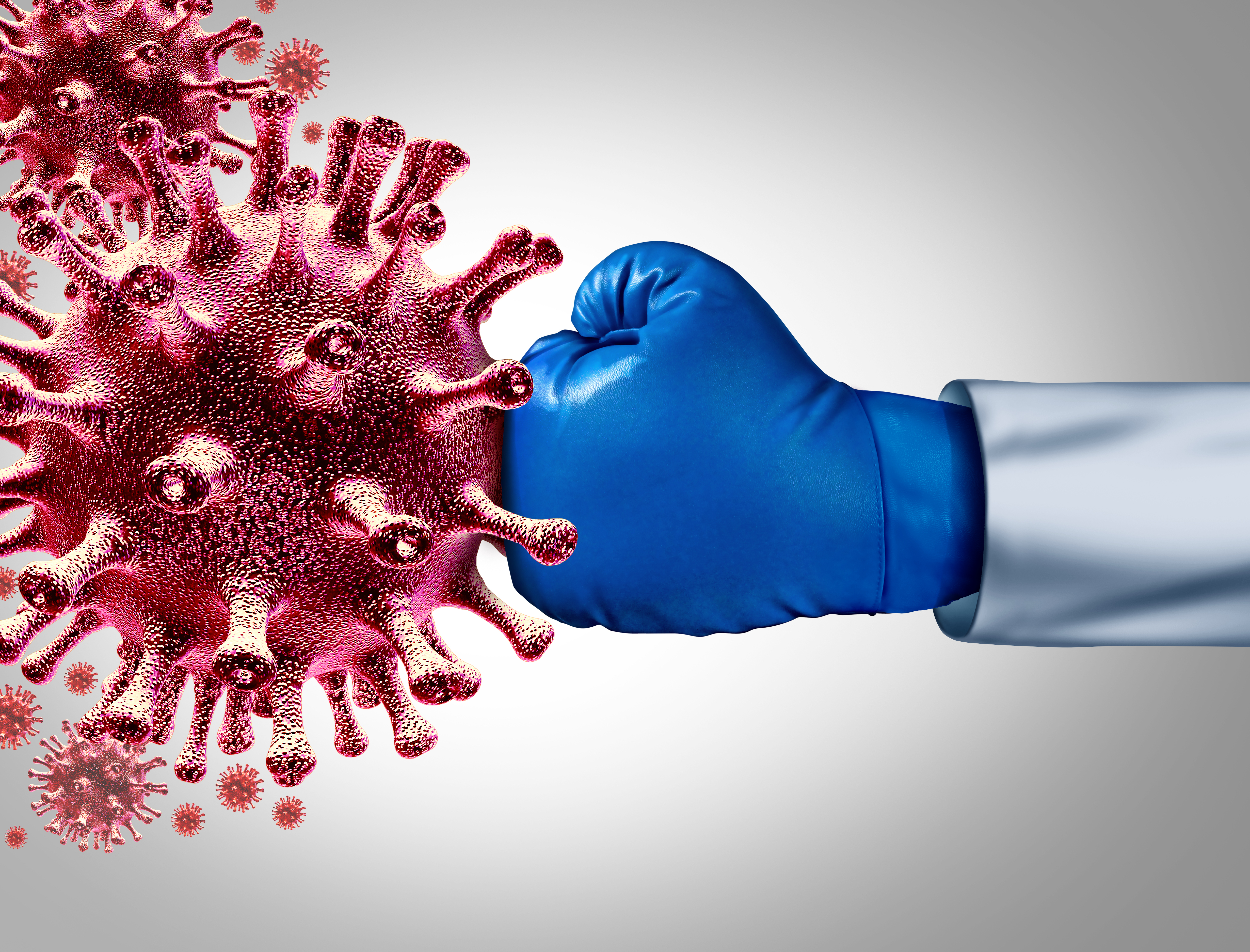The exciting collaboration between AI and Fashion

From intelligent virtual assistants to clothes designed by algorithms, Artificial Intelligence is restyling fashion in every possible aspect. As the fashion industry accepts the need for digitisation, recruitment of fashion design professionals who are tech-ahead will be on the rise
A design coordinator working at Levi’s, Ronald Pritipaul, developed an Artificial Intelligence (AI) tool that could incorporate any artwork, say ‘The Starry Nights’ painting by Vincent van Gogh, onto garments.
He was one of the fifteen thousand employees who participated in a bootcamp organised by the American clothing company Levi Strauss & Co. to ‘train their workforce for a digital future’. In a press release published on May 17, 2021, the company stated that the upskilling initiative was in line with their vision to scale the use of AI across the company to develop a better consumer experience.
Brands using AI
And Levi’s isn’t the only brand applying AI to restyle fashion. French luxury fashion house Dior uses an AI beauty assistant, Dior Insider, which allows consumers to ask product-related questions from an intelligent sales assistant. Products of British brand Burberry are fitted with Radio Frequency Identification (RFID) tags, which can communicate with shoppers’ smartphones. These tags give information such as how the items were produced and suggestions about how they can be worn or used.
Burberry also deploys AI to tackle the issue of counterfeit. The technology can examine minute details in fabric and weaving with 98% accuracy by analysing a photograph of a small section of the product. This can help curb retailers selling fake products.
In 2019, the world’s largest footwear apparel company Nike launched ‘Adapt Huarache’ sneakers, with an AI-enabled technology. Once connected to their ‘Nike Adapt’ app on a smartphone, wearers can simply ask Siri to tighten or loosen their laces without touching their shoes.
Apart from these fashion behemoths, start-ups are also integrating AI into their ventures. StitchFix, an online AI-styling service, uses algorithms based on design trends and feedback to give a personalised styling experience for each customer and delivers outfits at their doorstep.
Glitch, started by Pinar Yanardag and Emily Salvador, uses AI to create different versions of a style of an outfit. At a fashion show, they presented ‘a little black dress’ designed completely by algorithm.
E-commerce giants Amazon and Myntra, too, use AI to track fashion trends and develop the latest designs. The technology also enables fashion forecasters like WGSN to generate nearly error-free predictions. This can streamline manufacturing, reduce wastage and cut fashion’s carbon footprint, taking the industry closer towards sustainability goals.
AI, however, can never replace human creativity; it can only enhance it. While it provides the edge of efficiency, it is a human mind that can conceive a novel idea, which has context, symbolism, nostalgia and emotions. Hence, fashion design professionals who are tech-ahead will thrive in this new order. As the fashion industry accepts the need for digitisation, recruitment of the necessary talent will be on the rise.
Why choose UPES School of Design
Technology has fuelled major developments in fashion. According to a report by research firm MarketsandMarkets, the global spending on AI in fashion industry is expected to grow from USD 228 million in 2019 to USD 1,024 million in 2024.
UPES’ bachelor’s and master’s degree programs in fashion design cater to meet the changing industry ecosystem. They prepare young designers to become future fashion thinkers, makers and versatile professionals, who are well-versed with technology. To know more about the courses, visit https://www.upes.ac.in/course/b-des-fashion-design and https://www.upes.ac.in/course/m-des-fashion-design
References:
https://www.weforum.org/agenda/2019/07/these-clothes-were-designed-by-artificial-intelligence/



